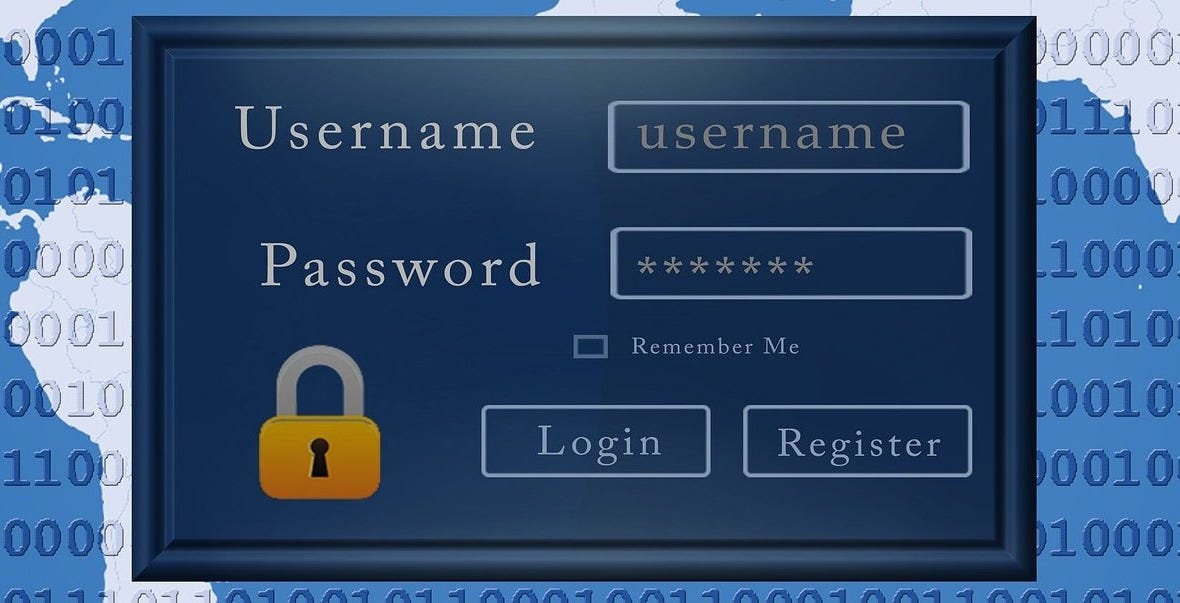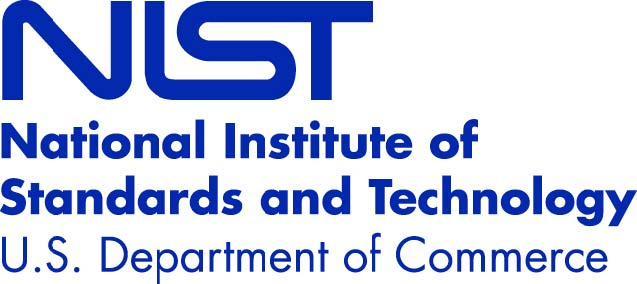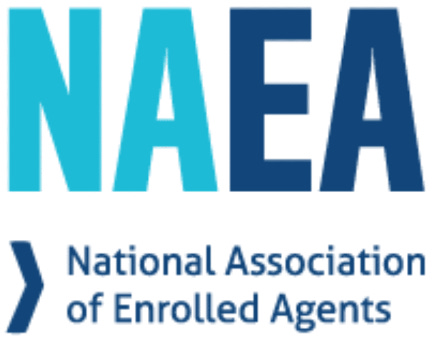New Guidelines Shake Up Password Requirements for Tax Pros and Accountants
In the ever-evolving landscape of cybersecurity, the National Institute of Standards and Technology (NIST) has updated its password guidelines. These changes are part of a broader effort to enhance the security of computer systems by addressing longstanding issues with traditional password practices. These changes were recently published in NIST’s Special Publication 800-63B, Revision 4
Who is NIST?
NIST, or the National Institute of Standards and Technology, is a U.S. federal agency under the Department of Commerce. Established in 1901, NIST's mission is to promote innovation and industrial competitiveness by advancing measurement science, standards, and technology. In the realm of cybersecurity, NIST is the “go to” for its authoritative guidelines and frameworks that help organizations safeguard their information systems.
Publications like the NIST Special Publication 800 series serve as foundational documents for cybersecurity best practices, providing a roadmap for organizations to implement robust security measures. The latest updates to the password guidelines reflect NIST’s commitment to staying ahead of emerging threats while improving user experience.
Key Changes in NIST’s Password Guidelines
The new guidelines represent a significant departure from traditional practices, emphasizing security without sacrificing usability. Here are the most notable changes:
1. Focus on Password Length Over Complexity
NIST now prioritizes password length over complexity. The recommended minimum length is 15 characters, shifting away from the conventional approach of enforcing complex combinations of upper and lowercase letters, numbers, and special characters. This change is based on research showing that longer passwords or passphrases are more resistant to brute-force attacks and easier for users to remember.
2. Elimination of Mandatory Password Changes
The updated guidelines discourage mandatory periodic password changes unless there is evidence of compromise. Frequent password changes can lead to predictable patterns or weaker passwords, inadvertently reducing security. By removing this requirement, NIST aims to minimize user frustration and improve overall security.
3. Removal of Composition Rules
Traditional composition rules, such as requiring a mix of character types, are no longer recommended. These rules often lead to predictable patterns that attackers can exploit. Instead, users are encouraged to create memorable and unique passwords or passphrases that are naturally resistant to attacks.
4. Inclusion of Special Characters and Spaces
The guidelines now allow the use of spaces and special characters in passwords. This enables users to create longer, more meaningful passphrases, such as “My favorite coffee shop is on Main Street,” which are easier to remember and harder to crack.
5. Screening Against Common Passwords
Organizations are encouraged to screen new passwords against lists of commonly used, predictable, or compromised passwords. This proactive approach prevents users from choosing weak credentials that attackers could easily guess or exploit.
6. Expectation of Password Managers and Multi-Factor Authentication (MFA)
The guidelines promote the use of password managers to generate and store complex passwords securely. Additionally, implementing MFA adds an extra layer of protection, reducing the reliance on passwords as the sole line of defense, is not a requirement and no longer just a suggestion.
Why Did NIST Make These Changes?
The updates address several key challenges in password security:
Human Behavior: By simplifying password requirements and focusing on usability, the guidelines align with how people naturally create and remember passwords.
Stronger Security: Longer passwords and the elimination of predictable patterns make systems more resistant to attacks.
Reduced Administrative Burden: Fewer password reset requests and less rigid enforcement of composition rules save time and resources.
Be on Guard for Changes in Quantum Computing
With recent enhancements in the quantum computing space such as IBM’s latest processor and Google’s latest chip named Willow, we are expecting significant changes to password policies in the near future. The best practice at the moment is to implement the above changes from NIST as quickly as possible and plan for significant changes in mid-2025.
Final Thoughts
NIST’s updated password guidelines mark a significant advancement in balancing security and usability. By emphasizing longer passwords, eliminating unnecessary complexity, and encouraging modern tools like password managers and MFA, these changes empower organizations to strengthen their defenses without burdening users.
For the accounting industry, the impact is profound. Enhanced security measures protect sensitive financial data, while improved user experiences and operational efficiencies enable firms to operate more effectively. As cybersecurity continues to evolve, adopting NIST’s recommendations is not just a best practice—it’s an essential step in safeguarding the future of the accounting profession.
Financial Guardians has partnered with NATP to provide access to our monthly Guardian Tier membership at a 30% discount.
Active NATP members can access the online discount here.
Financial Guardians has partnered with NAEAto provide access to our monthly Guardian Tier membership at a 30% discount.
Active NAEA members can access the online discount here.
Financial Guardians is a proud member of InCite, the recently launched online community exclusively for tax professionals, bookkeepers, and accountants. InCite members receive a 30% discount.
Join today at www.incite.tax.











